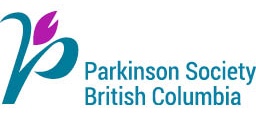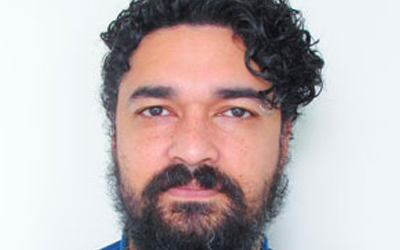Dr. Jean-Francois Nankoo, University Health Network
$100,000 over 2 years, funded by Parkinson Society British Columbia through the Parkinson Canada Research Program
Project description:
Treatments to help people with Parkinson’s disease (PD) whose gait freezes when they walk or pass through doorways have had limited success so far. To restore people’s independence and freedom of movement, Dr. Jean-Francois Nankoo, a post-doctoral fellow at Toronto’s University Health Network, is trying a new approach.
He’s using low-intensity sound waves from an ultrasound machine to target the cerebellum, an area of the brain that appears to be involved in freezing. By focusing the sound waves directly on the back of the head where the cerebellum resides, Nankoo believes he can stimulate cells in that area of the brain that are already working hard to compensate for the damage Parkinson’s has done.
“The cerebellum tends towards being a corrector of movement,” says Nankoo. “We think that in those people (with freezing of gait), this area of the cerebellum is increasing its activity, trying to correct some sort of malfunction.”
Nankoo believes the focused ultrasound waves will give the target cells an extra boost to help unfreeze people’s gait. To test his theory, Nankoo will place a small, portable ultrasound on the back of the heads of people who experience freezing of gait. He’ll stimulate the cerebellum for one to two minutes. After the painless procedure, Nankoo will measure people’s gait as they walk around, charting any improvement in freezing.
If Nankoo’s treatment successfully unblocks freezing of gait, even for a short period of time, his research will span larger clinical trials. He’ll then go on to investigate how long the sound wave stimulation should last, and how frequently it must be re-applied. Eventually, he hopes researchers could create a small, portable ultrasound for treatment in doctor’s offices or even at home.
Nankoo was drawn to research involving Parkinson’s because he realizes how central movement is to the basic human experience. “It’s very important to me to resolve this issue that some patients cannot move, or have difficulty moving, or their body is not moving in the way they want to move,” he says. If Nankoo’s ultrasound treatment is successful, people with Parkinson’s could regain more independence and experience a better quality of life, he says.
Receiving this Basic Research Fellowship is critical to Nankoo’s dream of establishing a lab to develop this and other methods of treating Parkinson’s, he says. He hopes the grant will also help him obtain a faculty position, “because it shows that I was able to secure some funds and my project had value, that there is a need for this type of research.”
He encourages people to continue to support Parkinson’s disease research, despite feeling that it is taking too long to generate new treatments or even a cure. The sole reason research has not advanced more quickly is lack of funds, Nankoo says.
“The more funds we have, the quicker we will resolve this situation. Carrying out these experiments is expensive, and I’m lucky enough to get the funds, but there are a whole bunch of other researchers that have equally great ideas, and that’s how science works,” he says. “We need multiple people to be trying to find a solution to a common problem. The funding is critical. I can’t overstate that.”
Reproduced with permission from Parkinson Canada.

